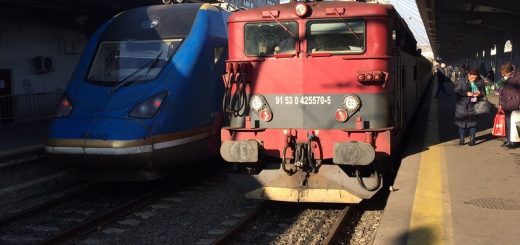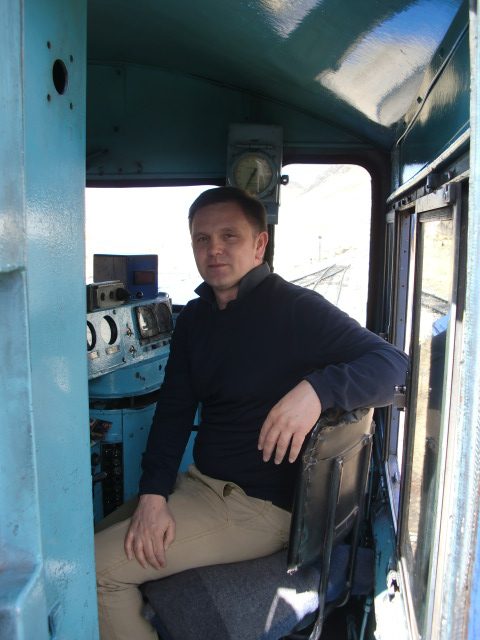European Sleeper: Why Operating a Night Train Is So Difficult
The private railway company European Sleeper has launched a new night train route from Brussels to Venice, although on its first departure, the train only made it as far as Innsbruck.
It once again highlights how challenging it is to run a night train across multiple European countries, as most ordinary passengers have no idea of the effort and work that is required.
About European Sleeper
European Sleeper is a Belgian-Dutch private night train operator founded in 2021, which innovatively crowdfunded its first night train route linking Brussels and Amsterdam with Prague.
A few days ago, European Sleeper launched its second route, this time connecting Brussels with Munich, Innsbruck, Verona, and Venice.
However, the inaugural night train from Brussels to Venice only made it as far as Innsbruck in Austria, where it was terminated, forcing passengers to transfer to a Railjet train to cross the border into Italy.

European Sleeper night train. ©European Sleeper
Locomotive
The European Sleeper night train was unable to continue into Italy because, at the very last minute, the Italian operator responsible for providing a locomotive announced that it could not secure one for this departure.
In fact, two locomotives are required for conventional trains to operate into Venice Santa Lucia, a terminus station — one to drive the train in and another at the rear to immediately drive it out again.
At the last minute, European Sleeper was informed that the second locomotive required to legally operate the train into Venice was unavailable.
As a result, a decision was made to terminate the train in the morning at Innsbruck and have passengers transfer to another train into Italy.
Complicated operations
As a private operator relatively new to night train operations, European Sleeper does not own any rolling stock but instead leases the couchette and sleeper wagons from various companies.
The same applies to locomotives, which must be arranged in each country the night train crosses, as few locomotives (and driver) are licensed to operate across international borders.
Needless to say, this makes for some highly challenging and complicating operations.
In addition, there are also issues related to complying with the varying operating practices and legal requirements of each railway in Europe, which add another level of complexity and bureaucracy to their operations.
Another complication is that private operators like European Sleeper are often given lower priority than national train operators by railway infrastructure companies, which in many countries are deeply intertwined with the national operator despite being officially separate entities.
These entities are responsible for granting permissions to operate and assigning rail paths and timetables.
Being dependent on so many different parties not only makes it immensely challenging to obtain permission to operate a route and secure rail paths and station access, but also complicates the daily operation of the service.
Rolling stock
The same applies to rolling stock — the very seating, couchette, and sleeper coaches in which passengers travel — where private operators are at a disadvantage compared to national incumbents.
A small newcomer like European Sleeper lacks the financial clout to purchase brand-new carriages off the shelf, as the cost per wagon is enormous without the ability to place a large order for multiple trains.
Many manufacturers may even be unwilling to do business if you only want to buy a handful of coaches.
Needless to say, this is less of an issue for national operators like ÖBB, which can place large orders for multiple modern, next-generation Nightjet sleeper coaches with Siemens Mobility, given their financial clout and network size.
This is why European Sleeper has to resort to leasing rolling stock, which is challenging in its own right, as the pool of sleeper carriages on the European market is small, and the available coaches are often outdated and not in optimal condition.

To run its night train, ES has to lease old couchette carriages. ©European Sleeper
Conclusion
The renaissance of night trains is a welcome addition to the travel mix, and the efforts made by European Sleeper to open up the market and add new routes deserve praise.
However, as the challenges faced by European Sleeper demonstrate, the expansion of night train routes is primarily limited by the lack of available rolling stock.
New night train rolling stock represents a significant investment for equipment that is essentially used only once a day.
This is certainly an area where the EU can make a difference.
Given the EU’s green climate ambitions and its desire to significantly boost rail connections and to promote train travel, it should make an effort to open up the market and support private newcomers by levelling the playing field.
When it comes to night trains, the EU could achieve this by funding or even setting up a pool of night train carriages that operators can lease.
With the capital costs underwritten or funded by the EU, and operators paying for their use, new night train operators could justify the investment in carriages.
While they might not be able to afford the full investment on their own, EU funding could enable new services, which, if profitable, could lead to further direct operator investment and a significant increase in both the number of night train routes and passenger comfort on board.





